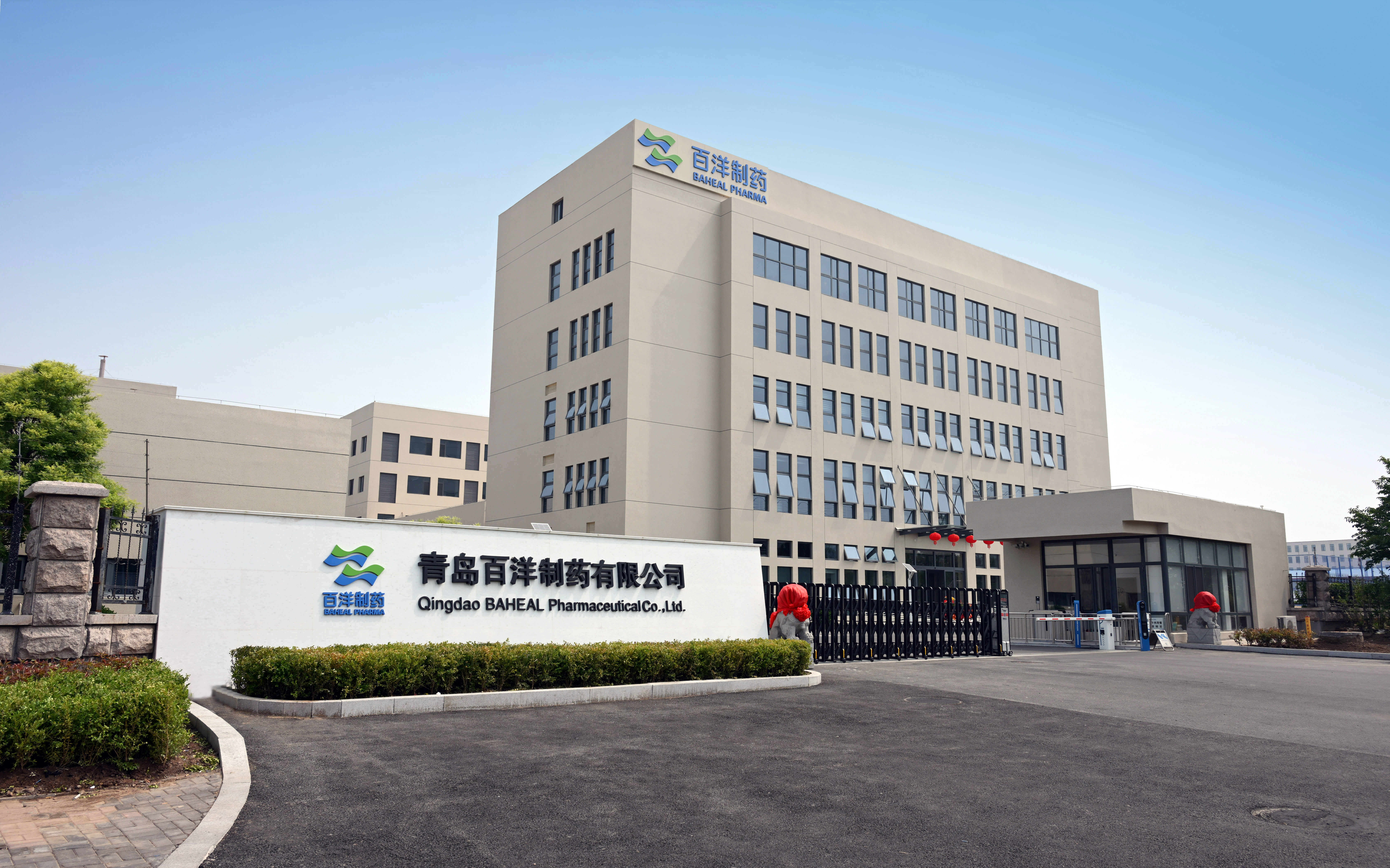Baheal Medical's Commercialization Platform Unveils New Additions : Infusing Innovative Momentum into Nuclear Medicine and Surgical Navigation Sectors
2023-11-20
On the night of November 19, 2023, Qingdao Baheal Medical Inc. ("Baheal Medical", 301015.SZ) announced it has entered into landmark commercialization agreements with Guangdong RADIO Pharma Technology Co., Ltd. ("Radio") and Beijing Medis Medical Technology Co., Ltd. ("Medis Medical"). With these agreements, Baheal Medical will exclusively commercialize a portfolio of radio-pharmaceuticals in mainland China, which include Radio's innovative class 1 nuclear medical oncology diagnostic drug, 99mTc-3PRGD2, along with a range of imaging products such as SPECT. In addition, Baheal Medical will also exclusively manage the commercial operations of Medis Medical’s Electromagnetic Localization Puncture Guidance Device and associated products for ultrasound applications.
Blockbuster “nuclear weapons” unveiled-- Baheal commercialization platform have officially entered the nuclear race
For cancer, early detection, diagnosis, and treatment are of vital importance. Molecular imaging, a key part of precision medicine, plays a significant role in the early diagnosis, staging, prognosis assessment, individualized treatment, and therapeutic effect monitoring of serious diseases such as tumors. Among the applications of nuclear medicine molecular imaging, 18F-FDG PET/CT imaging has become one of the clinical standards for the diagnosis and staging of various malignant tumors. However, the high cost and complex drug preparation of PET imaging have restricted its clinical application and development. SPECT/CT, another commonly used technique in nuclear medicine molecular imaging, has a lower cost and higher clinical popularity than PET/CT. However, it hasn't been utilized in tumor diagnosis and efficacy evaluation due to the lack of effective imaging agents like 18F-FDG.
RADIO, a pioneer in the field of radio-pharmaceuticals carrying independent intellectual rights and operating at the forefront globally, is committed to driving device innovation through drug innovation, providing comprehensive solutions for nuclear medicine diagnosis and treatment.
Its independently developed radio-labeled drug, 99mTc-3PRGD2 (Technetium [99mTc] hydrazinonicotinamide Polyethylene Glycol Dimer RGD Peptide Injection), has completed Phase III clinical trials in China. It is the first class I innovative drug independently developed in the field of nuclear medicine in China, as well as being the first broad-spectrum tumor imaging agent for SPECT worldwide. This breakthrough has changed the long-standing technical situation where SPECT imaging technology could not be used for tumor diagnosis, staging, and efficacy monitoring, enabling SPECT/CT to play a more significant role in tumor diagnosis and efficacy evaluation.
Clinical results show that 99mTc-3PRGD2 has no significant difference from 18F-FDG PET/CT in accurately differentiating benign and malignant lesions in the lung, and is highly superior to 18F-FDG PET/CT in diagnosing lymph node metastasis in lung tumors, both specificity and accuracy.
Breakthrough in overcoming electromagnetic positioning 'bottleneck', high-end medical equipment landscape being enriched with new addition
As medical technology evolves, minimally invasive and precision surgery becomes an industry consensus with surgical navigation systems increasingly ubiquitous. Electromagnetic navigation technology, offering advantages in flexibility, precision, and no line-of-sight requirement, is becoming extensively applicable to more types of minimally invasive surgery.
While current electromagnetic navigation devices typically integrate with DSA (Digital Subtraction Angiography), CT (Computed Tomography), and MRI (Magnetic Resonance Imaging), none allows for a seamless illustration of extra-vascular conditions or relative positions of vasculature and surrounding organs. Static imagery from both CT and MRI cannot meet the need for real-time visibility throughout surgery. Thus, coupling ultrasound medical imaging with electromagnetic navigation technology effectively fills this clinical gap, addressing crucial needs for real-time visualization.
Medis Medical has made a breakthrough in overcoming the technological bottleneck of electromagnetic localization. Through developing a self-iterative system algorithm for the electromagnetic navigation system, the company has achieved the integration of electromagnetic navigation with ultrasound imaging and developed China's first "ultrasound electromagnetic localization puncture guidance equipment".
The equipment affords real-time visualization throughout the puncture process, significantly improving the success rate of single puncture, reducing blind and semi-blind puncturing, and mitigating patient harm. This advancement is primarily applicable to visceral-vascular, nerves puncturing, and other intervention surgeries.
As a leading A-share health brand commercialization platform, Baheal Medical is committed to using technological innovation to optimize medical scenarios and address unmet clinical needs. Benefiting from its largest shareholder, Baheal Pharma Group and its innovative ecosystem, Baheal continues to expedite the application of innovative medical devices for patients' benefit. The 99mTc-3PRGD2, the first China-developed Class 1 innovative drug in nuclear medicine field, plays a significant role in leading autonomous innovation and the high-quality development of nuclear medicine in the country. Meanwhile, Medis Medical's breakthrough in electromagnetic localization technology has profound implications for the localization of high-end medical devices in China, marking a significant step forward for the industry.
其他新闻








